Attracting Australian wildlife isn’t an easy task. Natural wildlife visiting our homes and gardens is a rarity that we all enjoy. In this guide, we’ll show you how to increase biodiversity and attract some of the unique wildlife Australia has to offer.
When building your garden, the main factors for increasing biodiversity is providing shelter from predators, a water source, plants that attract prey, plants that provide food and adjoining bushland to your property.
Having a variety of insects in your garden provides a huge range of food for all species. A large variety of birds, possums, rodents, and mammals all depend on insects for food. When enticing insects to our garden we’ve had a lot of luck planting wildflowers and flowering herbs. They generally have the main attributes that attract insects which are nectar and pollen.
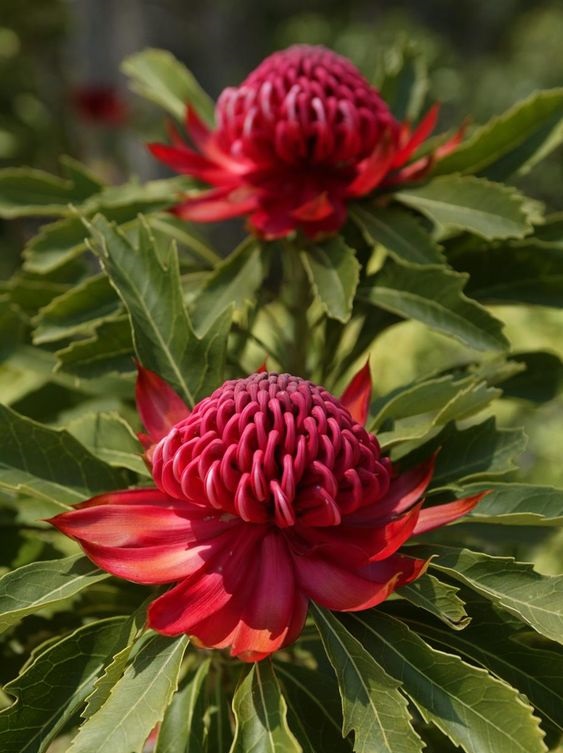
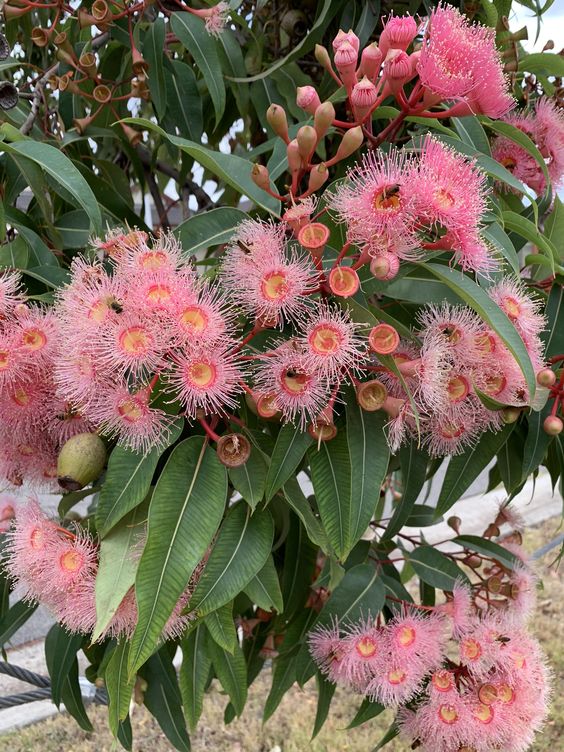
In the winter insects need a place to stay warm and hibernate. It can be a nesting place and the great opportunity is that when spring arrives all the insects come out of hibernation in your garden.
The insect hotel is a simple thing anyone can build. Just use what you have available. You want the critters to find little nooks and crannies for them to get comfortable in. Make sure the hotel provides a dry place and is located in the bushes.
Once the caterpillar grows into a butterfly your garden will be a constant food source, until then you will need to diversify what you grow. Keep away from pesticides or chemicals, while they may make your life easier, they definitely won’t make butterflies. It can have a negative effect on the entire ecosystem and a passing butterfly will think twice before he lands on one of your flowers.

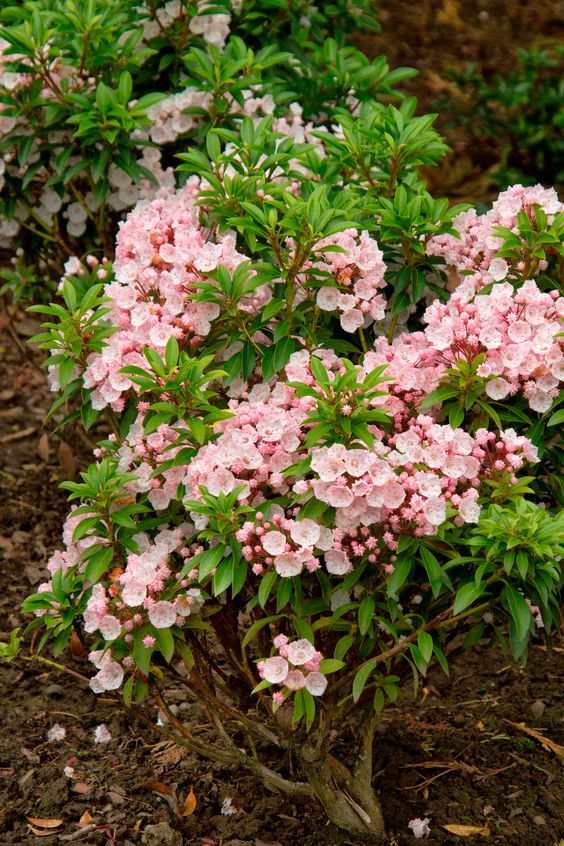
Plant, nectar rich flowers in sunny parts of your garden. butterflies love the sun and having their food source in direct sunlight can be quite enticing.
Ideally, provide them some form of shelter as they’re light creatures and can be easily carried by the wind not to mention if a potential food source is getting windy they might reconsider lunch at your garden.
While butterflies do love the sun, their next favorite thing is a quick dip to cool off. Damp sand or mud is ideal, somewhere on the ground where they have access to moisture. Digging a shallow hole and periodically filling it in with water will be a perfect hang out spot for your local butterflies. Just make sure it stays moist.
Another easy tactic to make your garden ever enticing for our fluttery friends is to place a flat stone or rock in direct sunlight. Just like our slithery friends, they enjoy a nice bath in the sun. Most commonly known of all, bright colored plants and flowers entice butterflies, our lists found below contain all colors of the rainbow.
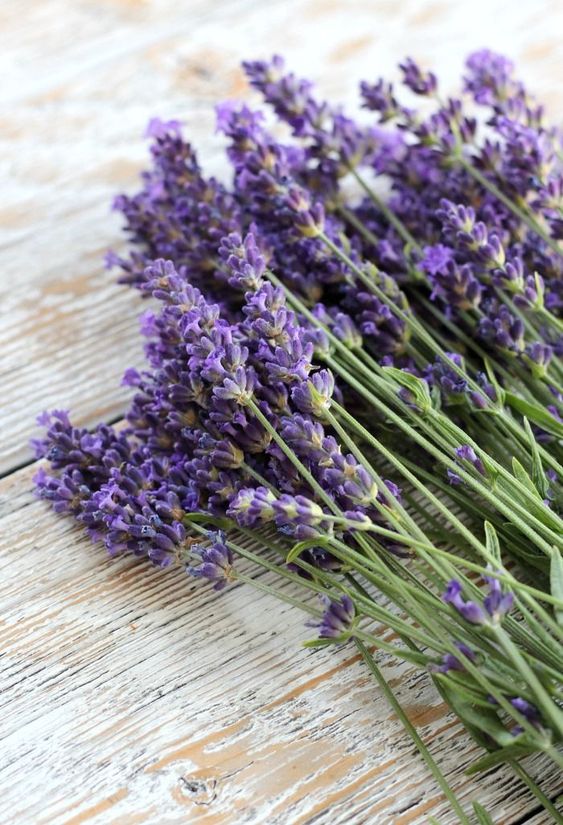
It’s difficult for us to give specific recommendations on what birds you can attract to your garden, simply because different areas and geography naturally have different species of bird life. That’s why we’re keeping it rather general and recommend you research what local birds live in your local area.

Growing native trees that don’t provide a food source but offer cover for bird species is another highly important factor. Many trees that bear seeds, nectar or fruit, offer little cover from predators. Make sure there are large native trees in your garden or growing in your garden, that birds can use as a lookout and cover before they descend on their lunch.
The vast majority of birds depend on trees for food, nesting, and shelter. Of course, any trees can provide nesting and shelter, few can provide food. The chance of birds choosing your trees for nesting and shelter is low but growing trees that provide them with a natural abundance of food is a sure chance they’ll come in flocks.
Plant Native trees that provide nectar seeds and fruit, plants, and trees that offer nectar will also attract insects, which in turn attracts more birds.
Try to only grow native species of trees, growing nonlocal trees can attract some of the more aggressive bird species that drive away from the locals, one example is the hugely annoying Yellow-Throated Minder Bird or the Indian Minder Bird.
A variety of local plants and trees in your garden will diversify the species that come. Ground foragers such as finches and wrens are more likely to be interested if there are grasses around the edges, as well as bird species that chew roots.
Small shrubs are preferred by nectar-feeding birds, and larger trees are used by birds that prey on reptiles. Larger trees will also attract the lorikeet looking for seeds.
The problem is birdseed can be harmful to whoever consumes it and it’s also not sustainable for attracting birds. Planting trees and plants that naturally produce seeds is a far better way to keep the locals coming back for more. Planting native grasses can also provide a food source for birds such as the Red-browed finch and Crested Pigeon.
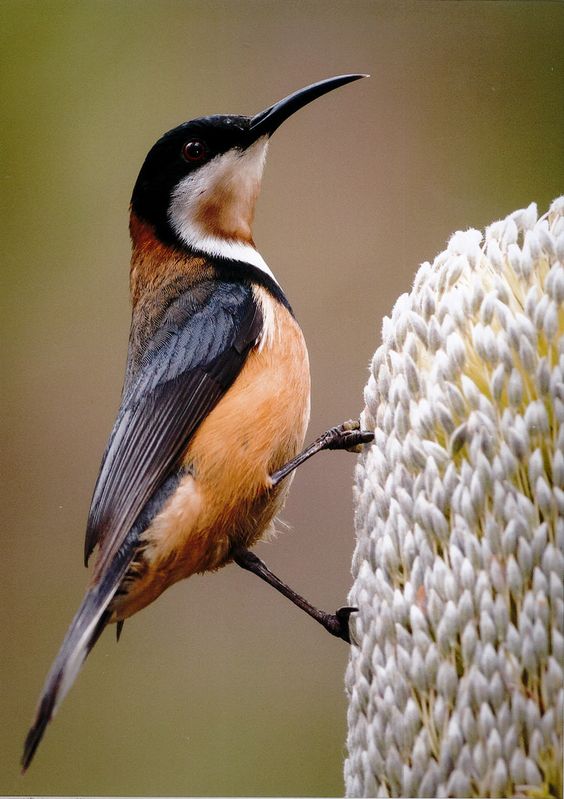
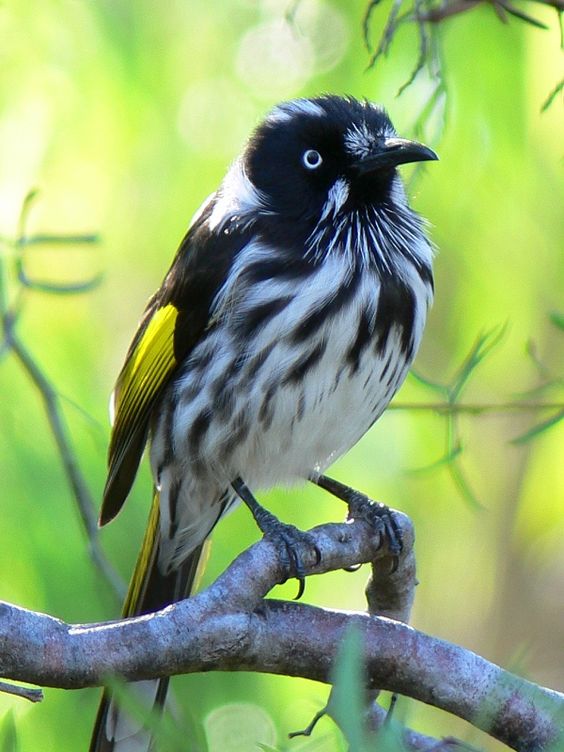
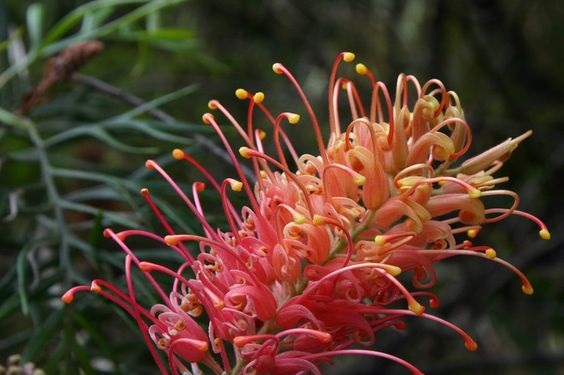
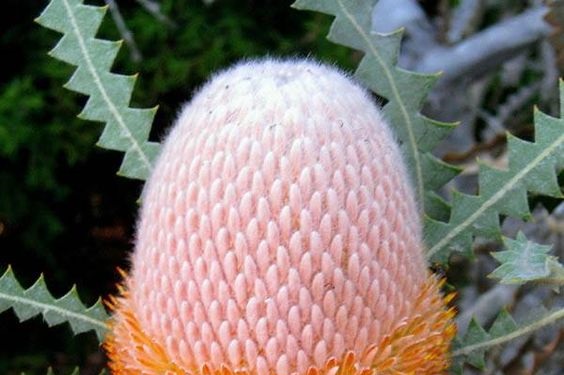
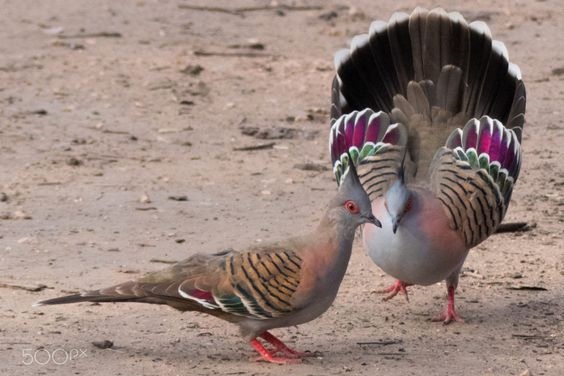
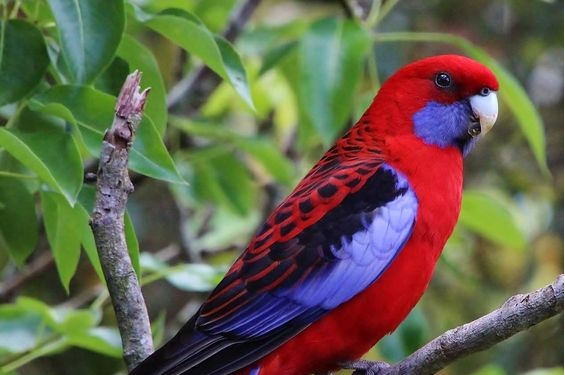
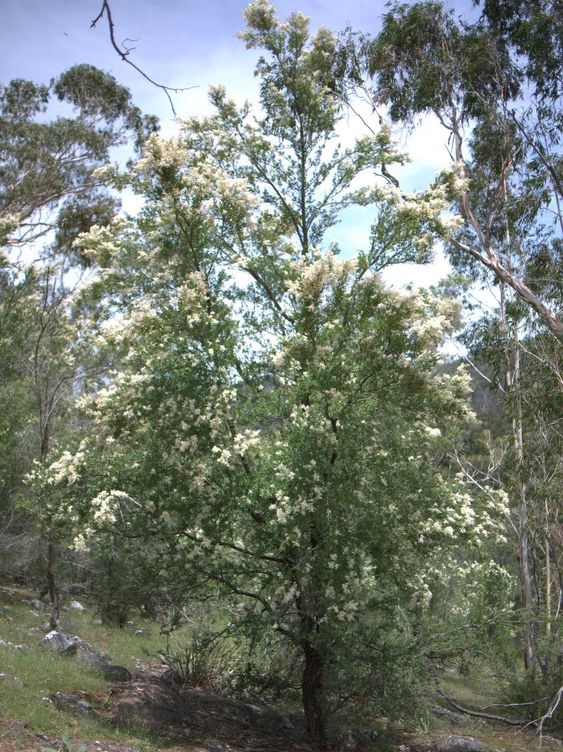
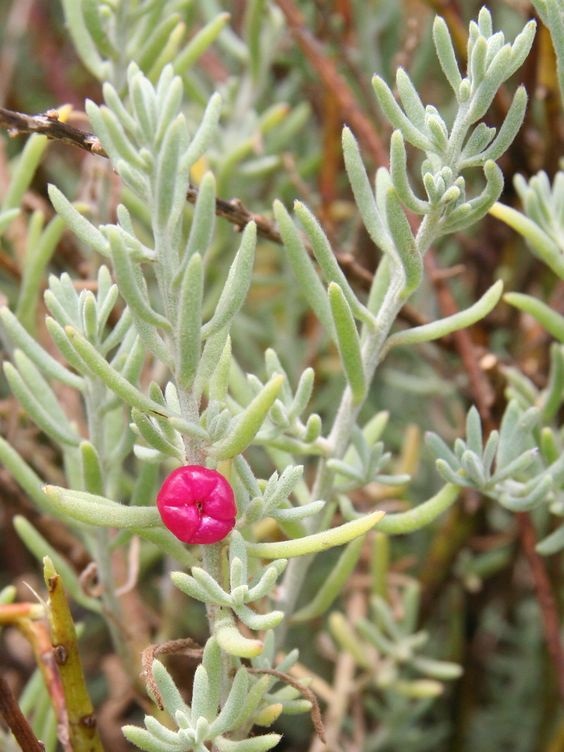
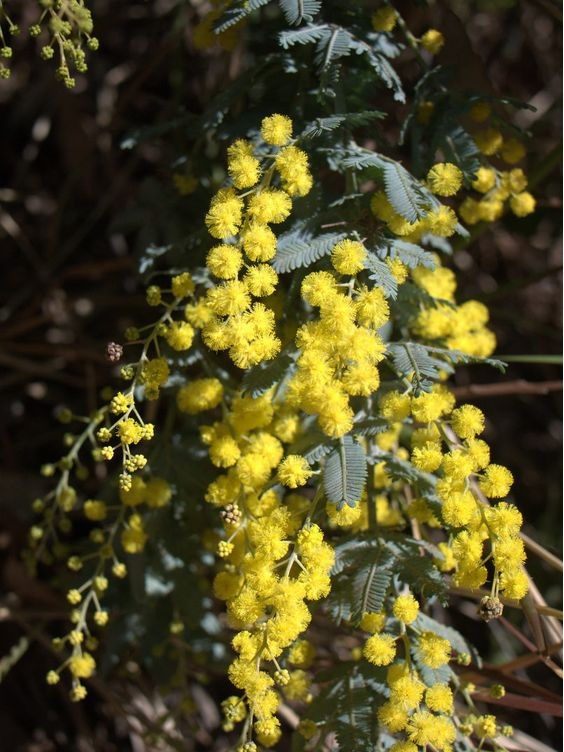
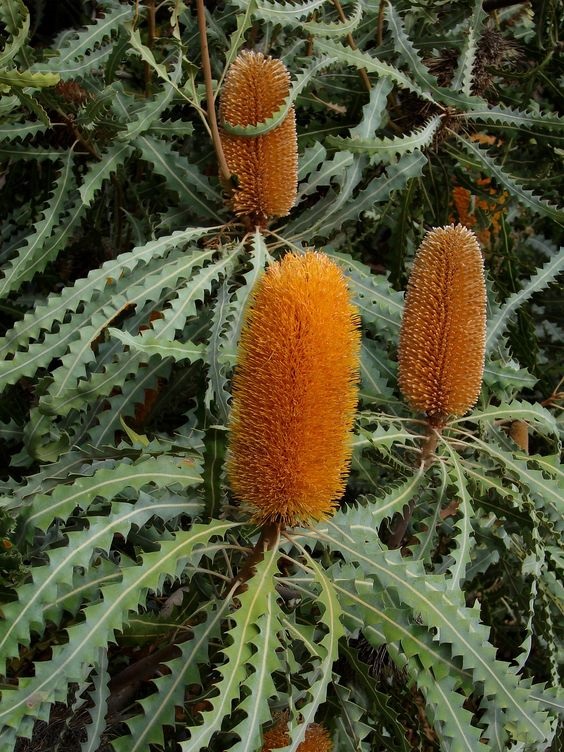
For birds, whose diet is predominantly made up of insects such as robins, wrens, treecreepers you’ll need to grow trees and plants that will attract insects.

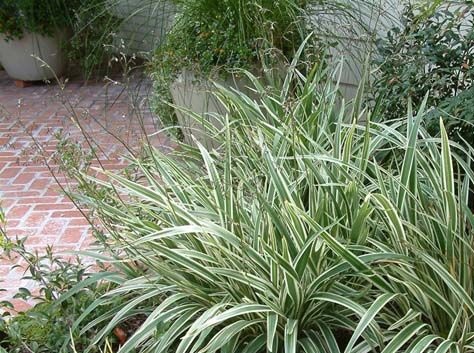
Birds such as the Kookaburra, Currawongs and Owls are attracted when you have a diverse ecosystem. You’ll need wildlife in your garden and to begin, the best way is to cut out all pesticides and chemical use. Attracting small mammals and rodents is your best bet.
While reptiles spend most of their time on the ground, trees that posses bark provide food and hidden cover. If you have barked trees, avoid removing and clearing away the bark. Keep it for the little critters passing by.
Making your garden a safe place for reptile life can be easy, a hollow log into your garden for them to scurry away from the prying eyes of predators, small shrubs, and wood chips can also make your garden an attractive home.
Similar to the butterflies, stones, or rocks with access to the sun can provide perfect sunbathing areas for our cold blooded friends. If you’re having trouble attracting lizards, you can always hire a professiona horticulturlist or a proffesional at Sydney gardeners. When you’re stuck someone with more knowledge of the garden can be all that you need.
Their sunbathing spot ideally should be elevated or nearby to a place of safety if they’re rudely awakened by a predator. Providing plenty of shelter and hiding places are ideal for a lizard’s environment. As always, an area where they can hydrate such as a pond is ideal.
Lizards have a tough life and their residence must be full of cover and shelters to keep away any predators. This is great for any reptile lover because we can provide them with all the protection they need.

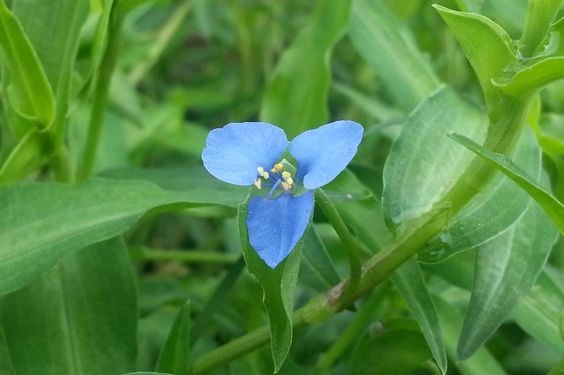
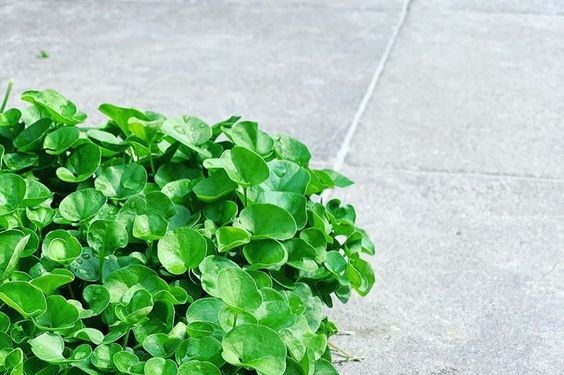
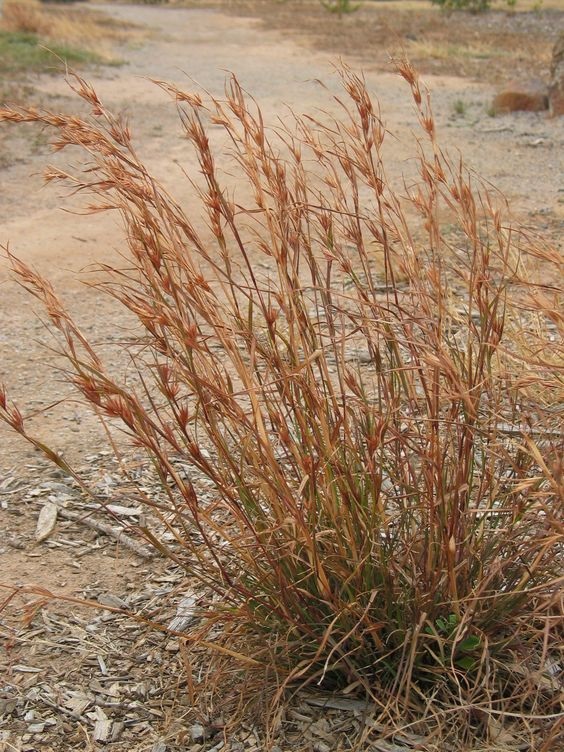
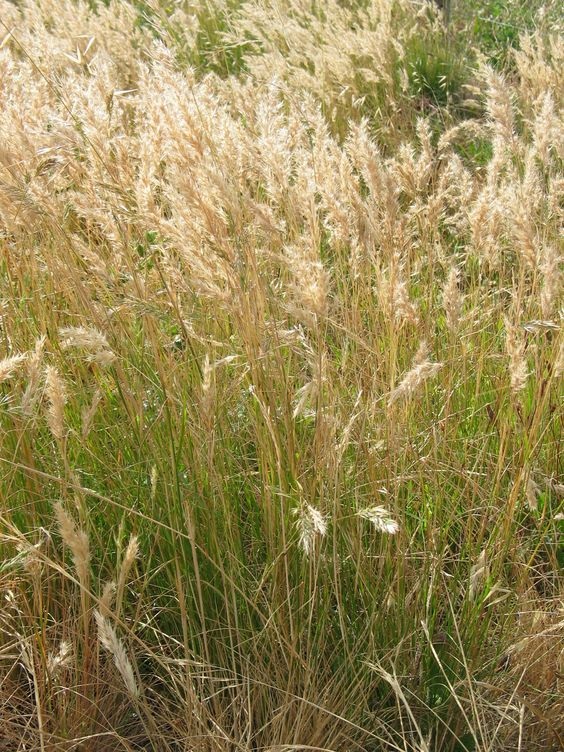
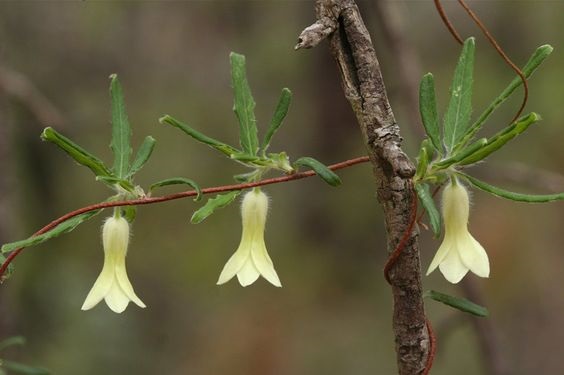
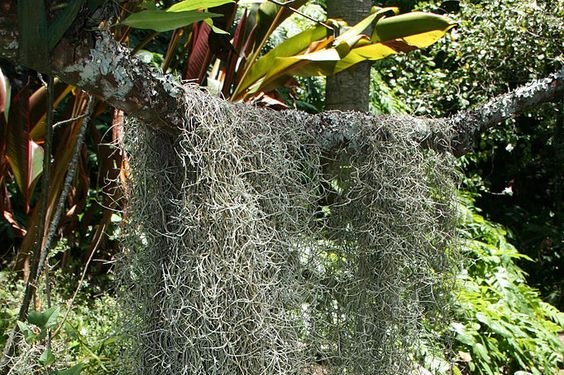
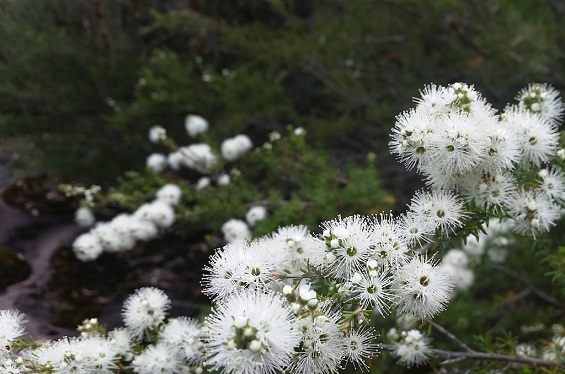
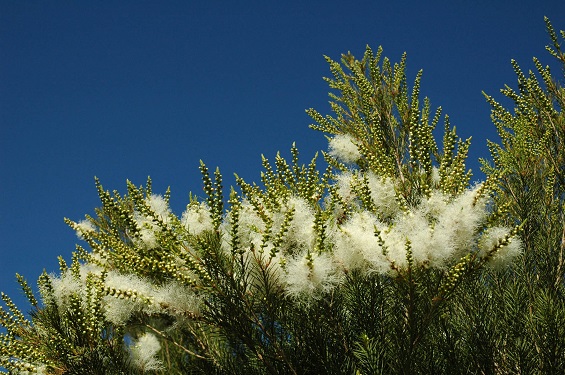
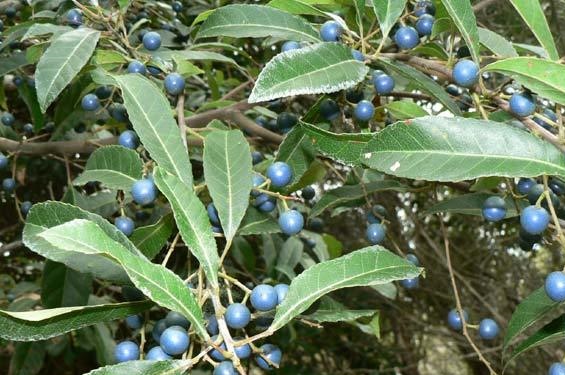
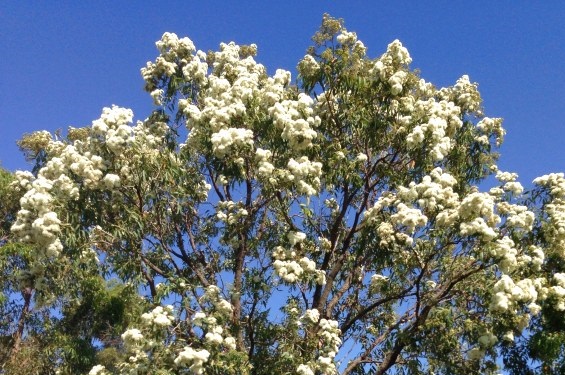
A strolling blue tongue lizard will relish the taste of fallen fruit, the Blueberry ash. If blue tongue lizards are on your list of neighborhood locals, we highly recommend Blueberry ash.
This is probably the easiest and most common way of making a family of possums or birds, permanent residents. You purchase or make little box homes, wood is ideal. That can fit a family of possums or bird life.
Instead of the possum or bird living inside a hollowed tree, they’re still living in a tree, but they have a comfy little home that is far better than any hollowed tree they’ve stayed in the past. It’s quite common to see these installed by the council to give possums a helping hand and are usually in most busy areas in the suburbs.


A lot of people are unaware that their grass was introduced from another country and unfortunately keeps away any local visitors. Buffelgrass is one of the most common grasses that Australian mammals flick their noses to and also prevents local grass from taking root. Kangaroos and Wallabies will only graze for local grasses such as Tussock Grass, herbs, shrubs, and leaves.
If you’re in the Sydney region two other grasses to avoid is African Love Grass and Whiskey grass. Both are non natives to Australia and the locals won’t be particually impressed with them.
For smaller mammals, you’ll want to create small bush shelters that can provide a home and safety when foraging. Logs and branches are ideal. Leaving dead trees can attract insects to live, they’ll hollow out with time and can provide the perfect home for small mammals or rodents.
If you’re looking to attract larger mammals such as kangaroo’s or wallabies it’s going to depend on your location. Wallabies are far shyer than kangaroos and your best bet is to provide a water hole for them to visit.
Wallabies or Kangaroo passing by your home is a gem for any homeowner. To increase your chances of attracting larger mammals a water hole or a pond is ideal.
A water source will eventually provide a home for frogs, tab holes, and insects. Subsequently, more birds and lizards will be attracted to the frogs and insects that have made your water hole their new home.
Attracting Insects: Some lights, especially those with a warmer hue, can attract certain nocturnal insects. These insects can serve as food for bats and other night-time predators.
Enhancing Nighttime Plant Pollination: Some plants rely on nighttime pollinators, such as moths, to reproduce. Garden lights can assist in drawing these pollinators.
Observation and Appreciation: Properly placed lights can enable homeowners to appreciate their gardens at night, potentially leading to increased interest in native plants and gardening practices that support biodiversity.
Depending where you live if you Live in Sydney the team from North Shore Electricians understand how to effectively use garden lighting to positively impact the biodiversity in your garden.
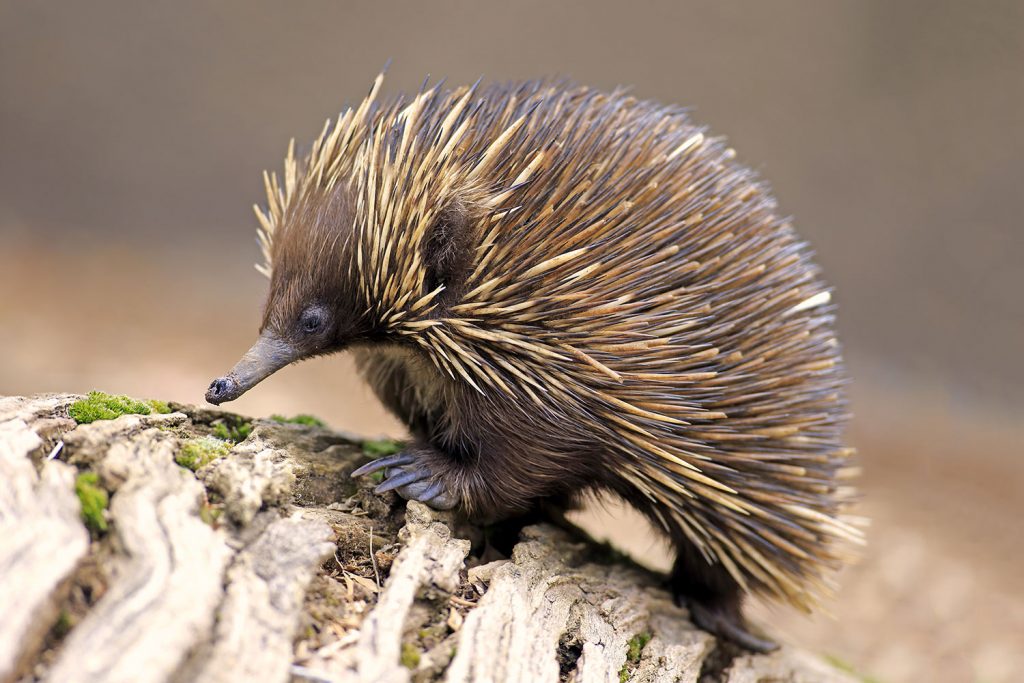
Millions of native species are killed by house pets every year. It’s especially important if you’re going to create an ecosystem to keep your cats and dogs inside. For you they may seem cute and cuddly, unfortuntly for native wild life they’ll cause huge harm. Our list of plants can help to protect the native species, but if you are going to create a diverse ecosystem you simply can’t allow cats or dogs outside. Even under your eye a dog or cat can easily kill a native lizard or small mammal.

Operator of Sydney Gardeners

Garden maintenance is a top quality services provided throughout Sydney.

NDIS gardening service is a specialized offering tailored for individuals with disabilities.

Sydney lawn mowing is a top of the range high quality service
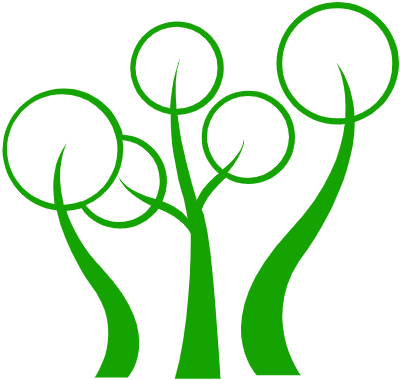
We love everything trees, safety and efficiencey is priority.

Nothing better than a good contract. Stay organised with us.